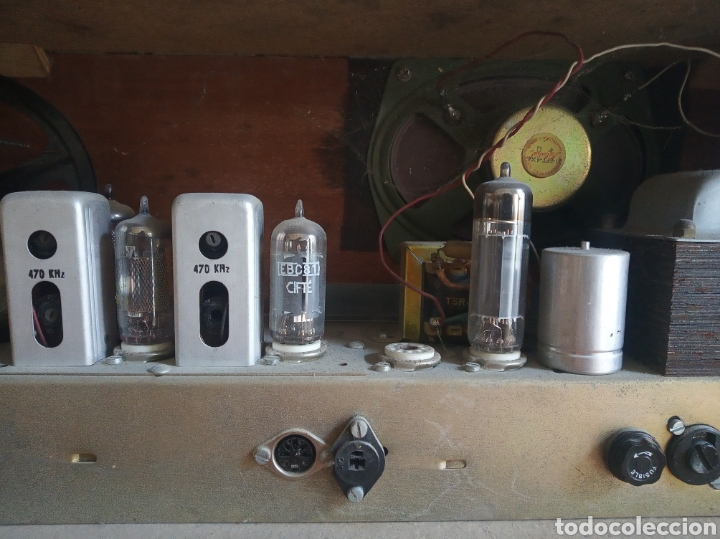

Coils are few, easy to make, and permanent. Price: Since parts are not really that critical or numerous, the cost of construction These radios so far, and each one averaged two afternoons of construction time. Most of your money will be spent on niceties like vernier dials orĪuthentic antique parts as you choose to incorporate them. This type of receiver represents a period of technological crossroads, a time when old schemesĪnd philosophies were giving way to new ones. It was a financially difficult time as well, and many of these more advanced designs were just TRF type receivers were grudgingly being given upįor the more sophisticated superhets, both in the amateur and in the Broadcast industry. Out of reach for the average ham of 1936.

A three dollar tube could equal a week’s foodĪllowance. Otherwise it might have meant the bread line. Spawned many design innovations, some of which were strokes of genius. Were meant to make a dollar go as far as it could. Frank Jones came out with an “every man’s” type handbook which enabled One way of upgrading the old TRF withoutīlowing the budget was to just make the converter stage and follow it with the TRF, using it asĪ variable IF tuner. Many hams to build versions of more expensive commercial devices on a Depression budget. Such innovation was the “Super-Gainer” receiver. This was a true superhet design incorporating a tunable first detector, generating a fixed outputĪt a very low frequency, about 100 KHZ or so, followed by a regenerative detector. Sensitivity and selectivity at those frequencies! Since the Local Oscillator provided the It is very hard to beat a regen detector for Put to practical use the best of both circuits. The potential existed for the variable Local Oscillator to Tuning, only a few hundred KHZ from the receive frequency, much care had to be taken in it'sĬonstruction, for stability’s sake. React to the dynamics of the receiver input. Oscillator as a separate circuit from the actual Mixing circuit long after pentagrid convertersĪs economic times got better, hams were better able to get into the technological strides of theĭay, with it’s buffered RF stages, multi-element converter tubes, AGC, Single Signal Crystalįiltering, “Silent Cans”, and all the niceties that eventually eclipsed the old regenerative This is one reason why many hams kept the Local It consumes only 1 mA.Regenerative receivers were not replaced because of faulty,Įrratic behavior, such as I read in today’s descriptions of them, or else they would not have Receivers and regenerative-superhets, at least on the HF bands. The radio receiver cand be powered by a 9 volt battery. The external antenna must be coupled to the hot end of the coil through a 4.7 picofarad capacitor. The sensitivity of the radio receiver can be greatly improved by attaching an external antenna into it. The coil must be installed as close as possible to the PCB. The tap is at the fifth turn of the coil counting from its ground end. The coil is 65 turns AM antenna wire around a 10 cm long x 10 mm diameter ferrite rod. The amplified signal is then delivered to a high impedance “earphone”. The signal is then filtered by C3 so that only the audio signal will be amplified by T2. The demodulated signal comes out from the collector of T1. The sensitivity of the receiver is dependent on the amount of feedback and can be adjusted by P1.

The transistor T1 works as a feedback regulated HF-amplifier and function as demodulator at the same time. Although the circuit is very simple, it functions very well without external antenna or ground connection. It uses only 2 transistors and few passive components which makes is very easy to be constructed. This two transistor AM radio circuit is also called “mini-radio”.


 0 kommentar(er)
0 kommentar(er)
